Saruni Wild is located on the world-famous Mara plains, in Lemek Conservancy, it is rich in wildlife and complete privacy. A small and intimate tented camp elegantly and comfortably furnished with all the necessary luxuries of a wild yet classic safari – hot water showers, flushing loos, open safari vehicles, Italian-inspired cuisine and exceptional service. The camp is located right in the heart of the Mara plains in a thicket of trees populated by abundant ‘plains game’ and right in front of the migration hotspots. Enjoy uninterrupted views from your private verandah, fire-lit meals under the vast African sky, guided game drives in complete seclusion led by Maasai warriors. Saruni Wild’s prime location is ideal for game-viewing, birdwatching, stargazing and for being immersed in nature - a truly unique and life-enriching safari experience of the remarkable Masai Mara, off the beaten track.
Luxury Double Tent
(2 ROOMS)
There are 4 x luxury double tents at Saruni Wild, each with a spacious en-suite bedroom equipped with large comfortable beds (1 x large queen or 2 x singles in each), hot water showers, flushing loos and an outdoor verandah with side tables and chairs.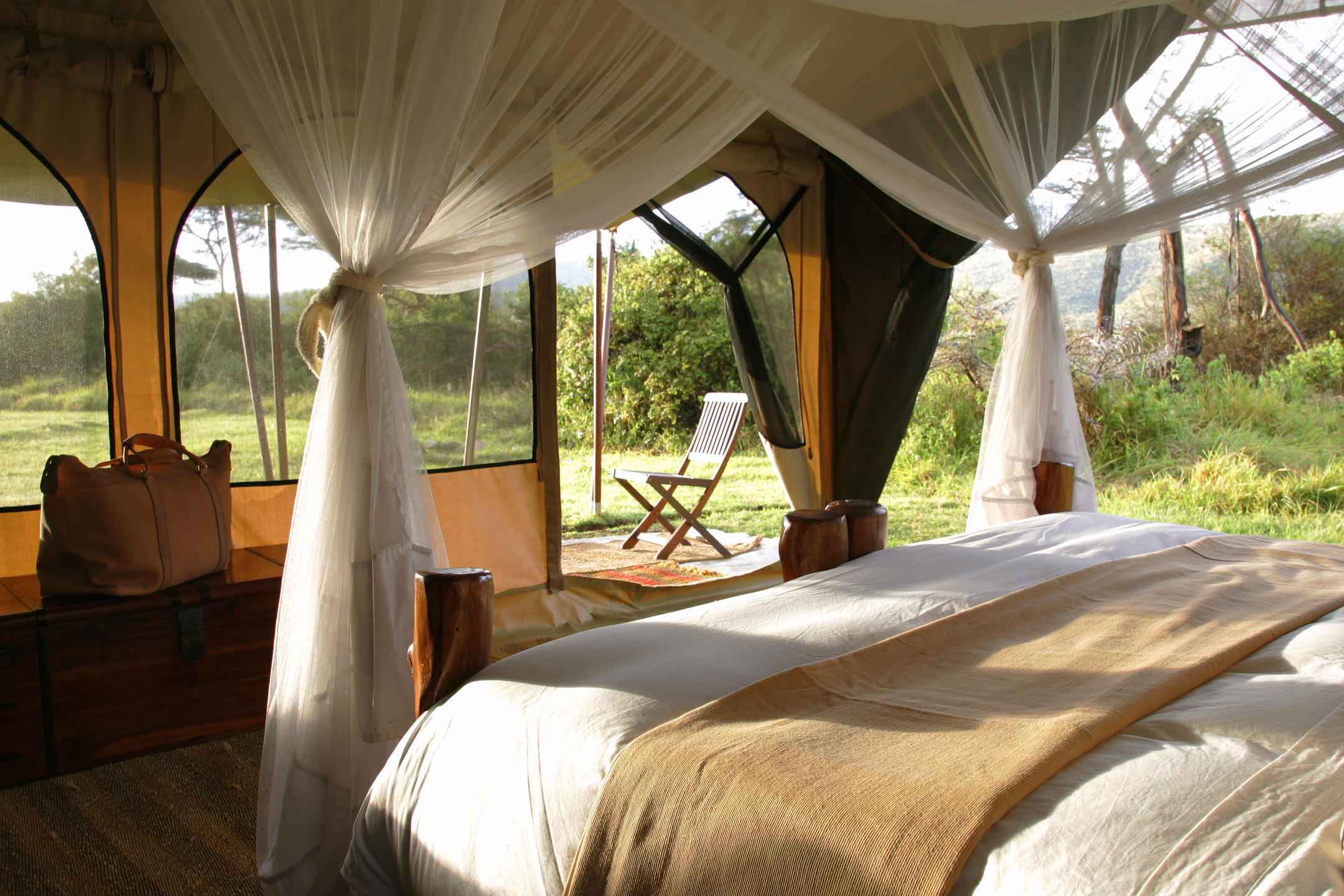
Luxury Family Tent
(1 ROOM)
Saruni Wild's luxury family tent accommodates up to 4 adults or a couple with children in 1 x super king-size bed and 2 x single beds, in an area that can be separated and zipped down for privacy in between. The two en-suite bedrooms are comfortably and stylishly furnished with big beds, hot water showers, flushing loos and an outdoor verandah with side tables and chairs.


Day and Night Game Drives
The word "safari" means to be out and away, to be on a journey or travelling in remote areas. It is both a physical and spiritual journey that can be undertaken in many ways. For our safaris we use comfortable, fully-open Land Rovers, specially designed to give you maximum visibility over the landscape and the animals. On foot safaris we walk, on the plains and in the mountains and hills, that surround Saruni Mara.
In the Land Rover, you are accompanied by your professional guide and by a tracker, a team that will help you to read the book of nature. We don't rush while on safari and there will be time to observe the wild animals, to see how they interact and to study their behaviour and their habitats. Days can be hot or cold, sunny or rainy but the wildlife of the Masai Mara is always in action. We will not only take to the famous spots but also to the secret corners where you never meet another vehicle. It is the Masai Mara without the minibuses, as the first hunters and explorers discovered it.
If you are passionate about birds, we are more than happy to help you identify new species among the 500 plus that live in the Mara. Our guides are birdwatchers by instinct and by training. They can recognise these beautiful creatures by their calls and songs as well as by their plumage. Above all, they share your love for birds.
Wildlife is most active either early in the morning or in the late afternoon and evening. These are the two magic moments of a safari. After dawn, the light is perfect for photography and the sounds of the African bush start filling the air. This is the moment when we will explore the special, secluded areas behind Saruni, where no other tourists go. The only other people that we shall meet will be the Masai, armed only with a spear and bow and arrows, guarding their herds of cattle. Later in the day, just before sunset, we will stop and think about the day that is about to end while drinking a sundowner. We will be right in the middle of "nowhere" that is right in the centre of everything, surrounded on all sides by life and death, hunting and escape, sleeping and eating.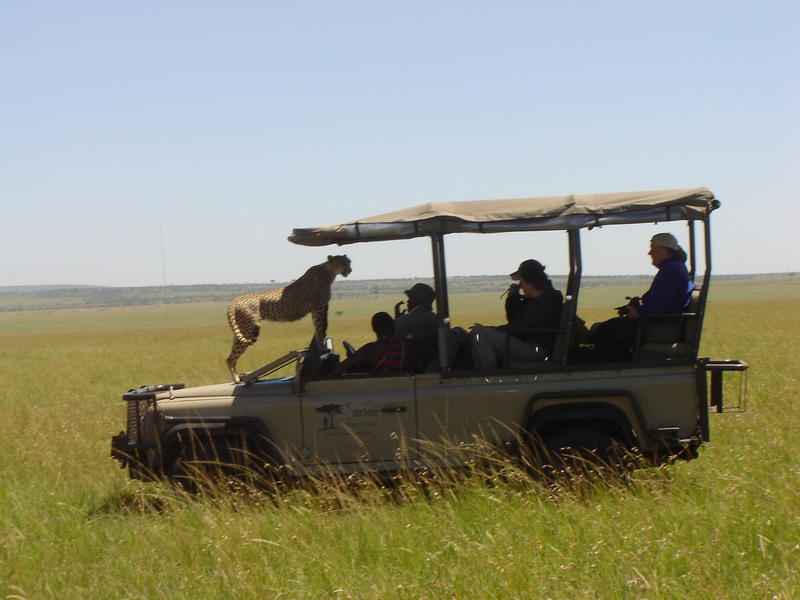
Birdwatching
If you are passionate about birds, the Mara is the perfect place to visit. Not only are the species abundant, but the birds can be easily spotted and photographed. Our guides are birdwatchers by instinct and training and share your love for birds. We always carry field guides in our vehicles.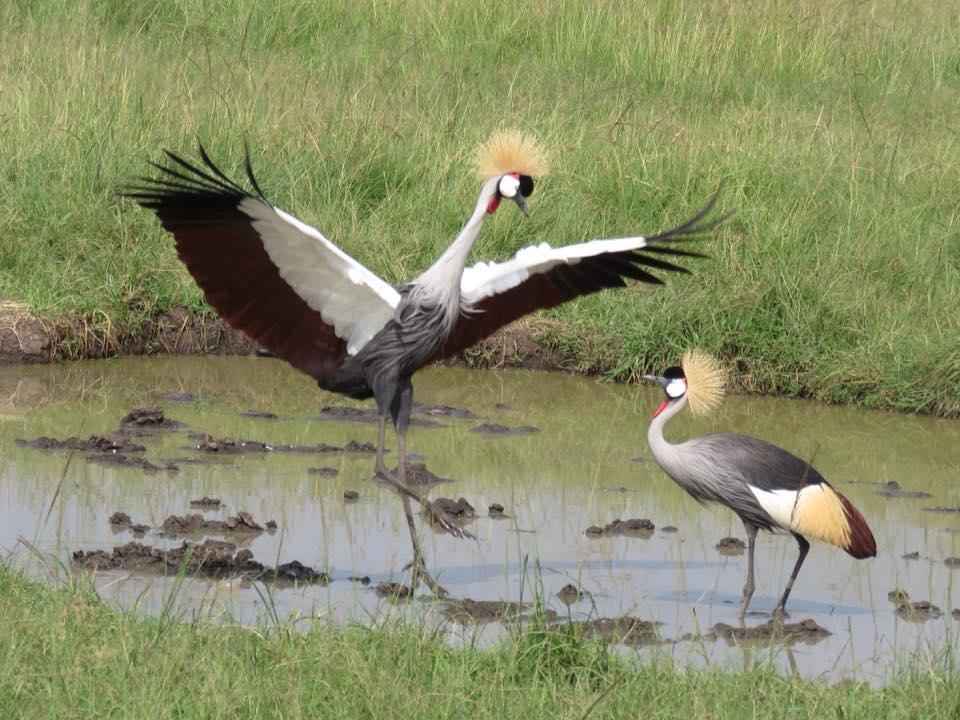
Guided Bush Walks
Walking safaris are individually tailored to your interests and are set in a breath-taking landscape. Walking with the Maasai warriors through the valleys and plains that surround Saruni Mara, accompanied by a vehicle, is a fantastic experience.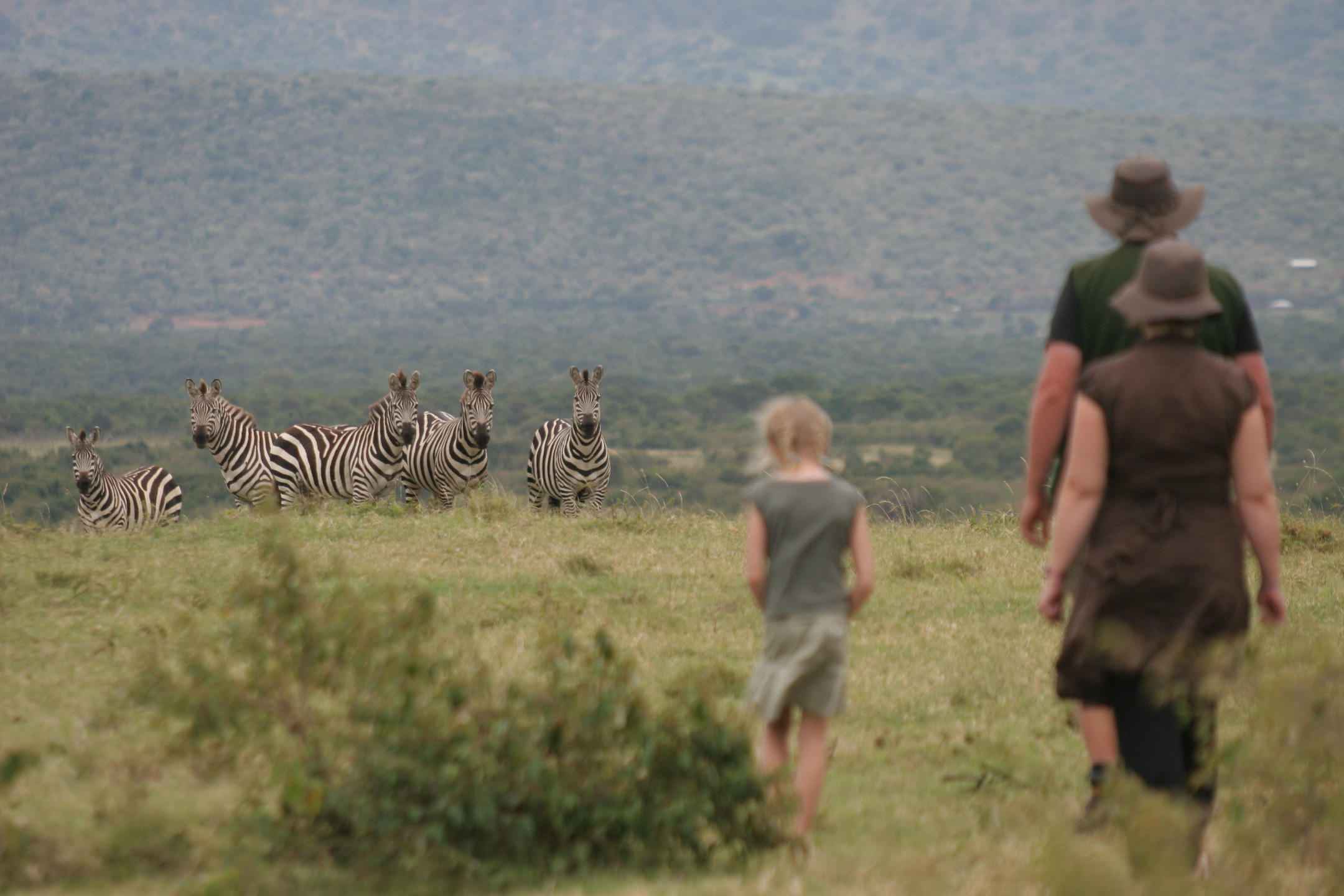
Stargazing
The night skies above Saruni Wild are among some of the brightest and most beautiful in the world. The air is unpolluted and offers unobscured, clear stargazing opportunities –a unique and deeply fulfilling activity. Every evening provides you with an alternative ‘playground’.
Warriors Academy
The Warriors Academy is a special interactive safari experience with a strong educational flavor, designed especially for families with children or small groups. It is a fun learning experience, that allows you to explore not only the wildlife, but also the authentic lifestyle of one of the most well-known and culturally fascinating tribes left in Africa; the Maasai. Under the tutelage of their ‘Moran’, or warriors, you get to know, enjoy and understand these unique people and see the Kenyan wilderness from a different perspective. Combined with regular safari activities, and tailored to your interests and timeframe, the Warriors Academy can last between 1-3 days, and needs to be booked in advance. Contact our lodge manager/s should this be of interest whilst you are here.
This a special interactive wildlife safari with a strong educational “flavor”, designed especially for families or small groups. It is a family learning holiday, or as a parent and older child adventure, that allows you to explore and learn about wildlife, wilderness and ‘life’ from one of the most well known and culturally interesting cultures left in Africa, the Masai. Under the tutelage of their ‘Moran’ or Warrior class, our guests get to know, enjoy and understand these unique people and their way of life.
Learn and experience at first hand the bush skills, folklore and ancient wisdom needed to survive in one of the richest wildlife regions in Africa. This is an extraordinary opportunity to ‘go bush’ with your family or friends. Gain in depth experience in wildlife tracking following an elephant or a leopard, learn survival skills, visit an original Masai village, learn how to use bow, arrows, pangas and spears, build a bush camp, tend goats and cattle whilst listening to Masai stories and songs. This is not how the ‘white man’ sees the wilderness and its abundance but how the Masai and its warriors view the world and live amongst its wild creatures. A safari will never be the same again.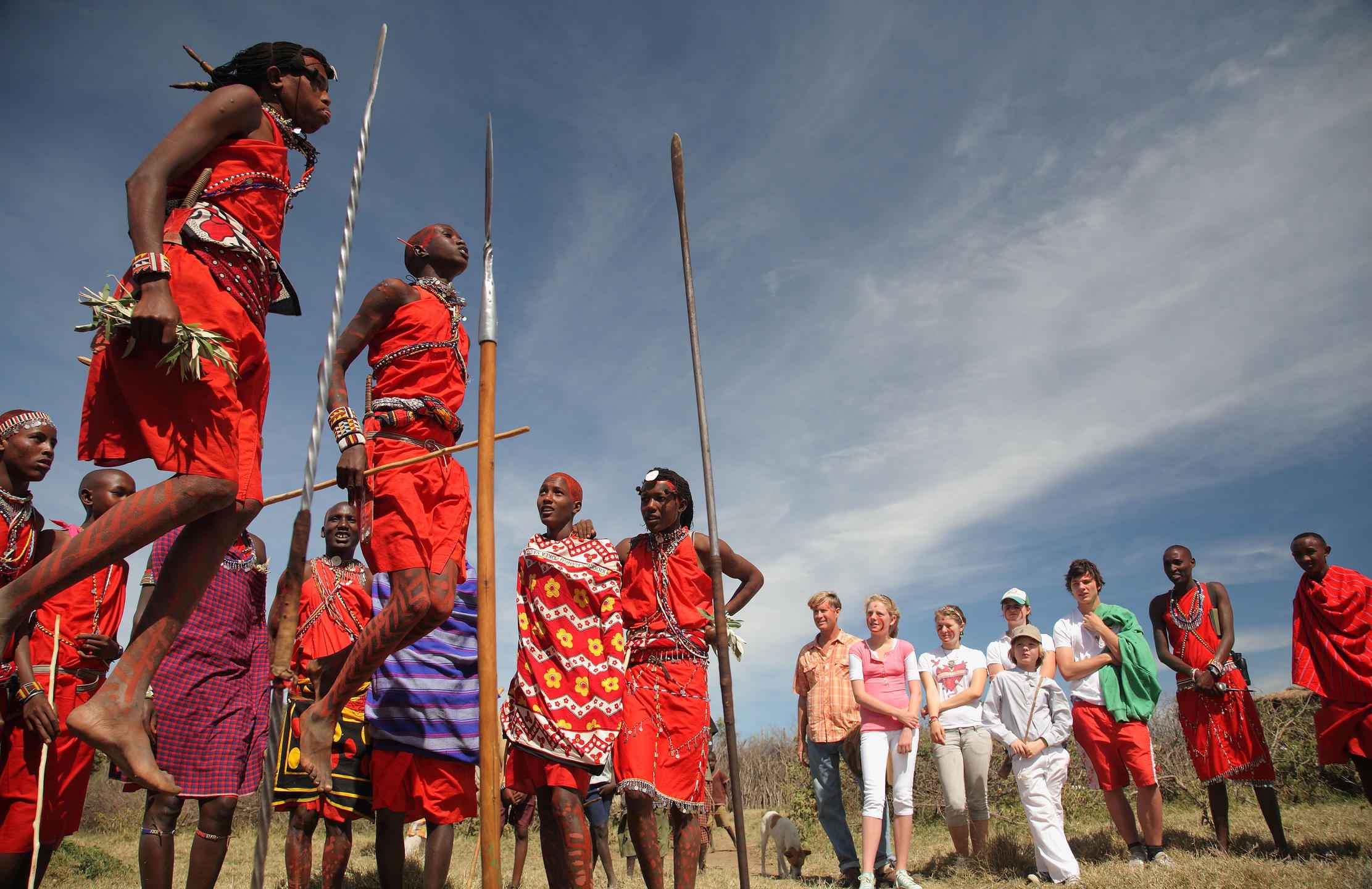
Sundowners
The sundowner is a well-deserved drink at the end of a long day on safari to ‘salute’ the African sun as it is setting. We drive you to secret corners and on top of the highest peak in the Mara-Serengeti ecosystem and serve you your favorite drink along with a selection of scrumptious ‘bitings’; small snacks to whet your appetite ahead of the delicious dinner which awaits.
Cultural Visit to Local Village Market
Held every Thursday, guests have the opportunity to see how the Maasai have adapted to modern times, still with their traditions intact. The market is an authentic weekly gathering of local people from across the Mara region and is also an important cattle market where the Maasai go to trade in livestock and monitor their value.
Hot Air Ballooning
Fancy seeing the beauty of the Mara and witness the vastness of the annual natural phenomenon that is the Great Migration from above? Then guests can speak to the Saruni Wild lodge manager about arranging a hot-air balloon ride to create memories of a lifetime. Guests be warned, it’s an early start to get there!
Rhino Sanctuary Visit
Located in the Olchorro Conservancy, about 30 min. from Saruni Wild, this is a conservation project employing staff from the local community that has been protecting white rhino for the past 20 years. Rhino roam freely on the slopes of the mountain and the unique attraction of this project is approaching the rhino on foot in complete safety, whilst guided by a local ranger.
Drive to Kilileoni
Drive to Kilileoni, the highest peak in the Mara-Serengeti ecosystem, where at the top guests can enjoy a panoramic view over the Mara plains and forests with the Tanzanian border visible on the horizon. During the ascent, guests can encounter rare antelope species that live at high altitude and once they reach the peak, they may chance across elephant and buffalo grazing. It is one of the least explored and most spectacular corners of the Masai Mara. Guests will need to allow half a day at a minimum to best experience this unique drive.
The Masai Wellbeing Space
Saruni Masai Wellbeing Space is a unique feature in the Masai Mara: in the most serene and relaxing environment, our guests enjoy massage and wellness treatments under the supervision of highly trained staff. The techniques combine sophisticated methods developed at Centro Benessere Stresa with ancient Masai wisdom and knowledge. For instance, we use Olsinoni leaves (Lippia Javanica) for their detoxifying and purifying properties. Also we use pure gel from Usuguru (Aloe Kedongensis) and compresse of Olleleshwa leaves (Tarchonantus Canphorantus) to remove skin impurities and to improve the natural regeneration of the cells. In pedicare we complement more traditional products with Ol-Emoran leaves (Hoslundia Opposita).
The Great Migration - The Greatest Show On Earth
"The Masai Mara and adjoining Loita Plains form the northermost part of the 25,000km Serengeti-Mara ecosystem. The Mara receives the highest rainfall (1000mm average, 1200mm a year at Musiara) of the entire ecosystem. Rain falls here throuht the year, with peaks usually in December, January and April. Plenty of grass remains after the Serengeti plains to the South have dried up. This beneficient ecosystem supports a wildebeest population of at least 600,000. Together with the associated herds of 200,000 zebra and 350,000 Thomson gazelle, they form a vast assemblage of ungulates whose annual movements trough the ecosystem is known as "The Migration". The sight of hundreds of thousands of these animals moving together through the seas of grass must rank as the greatest wildlife spectacle on earth.
The wildebeest herds congregate during the wettest part of the year in the short-grass plains of the Serengeti ecosystem, where there is sweet new grass and rainwater pools. There they give birth - most of the females calving within a few week in what has become known world over as "The Rut". Early in the dry season, the pools in the short-grass plains dry up and the wildebeest stream en masse through the longer plains and o n to the Western Corridor. As their food supply diminishes, the herds move into the northen Serengeti woodlands and the Masai Mara. Zebra follow similar, but not quite identical, movements. Thomson's gazelle also migrate, but o nly as far as the edge of the woodlands. The routes taken by the herds vary from year to year but the general pattern of the migration remains the same.
Once in the woodlands the herds spread out but keep moving in response to rainfall and the availability of forage. The first wildebeest usually arrive in the Mara in June or July and most remain there until late October or early November. Slowly at first, but increasing momentum, the wildebeest leave the Mara by various routes as they follow the rains back south. The annual incursion of the great herds into the Mara is a comparatively recent phenomenon. Prior to 1969, a few wildebeest "spilled over" from the Serengeti in very dry years, but most of the wildebeest found in the Mara belonged to a completely separate population, the Loita population. The Loita wildebeest, commonly referred to as the "residents", perform seasonal movements between the Loita plains in the wet season and the Mara in the dry months. Following the tremendous increase in the Serengeti herds in the 1960s and 70s, the Mara is now dry season refuge for up to 600,000 Serengeti wildebeest as well as about 25,000 Loita animals."
For more information on Wild, click HERE
Prime Mara Spot
Stay 4 nights / Pay 3
Stay 5 nights / Pay 4
* Valid now-Dec 19, 2025
Stay 6 nights / Pay 5
* Valid now-Jan 2, 2026
Honeymoon Special
50% off for your partner. Black out periods apply.